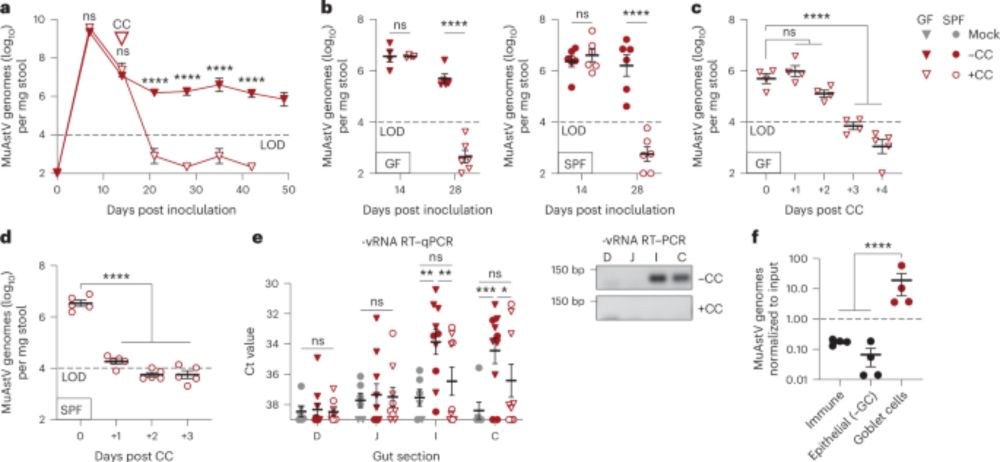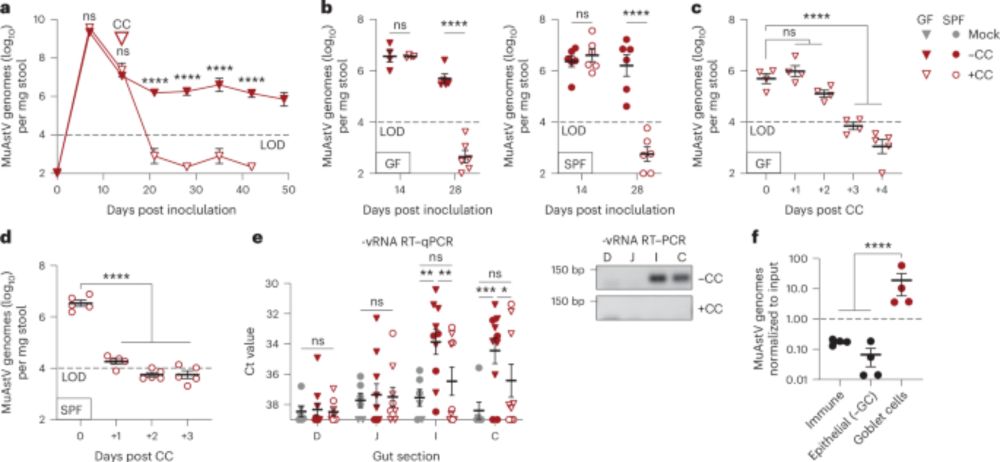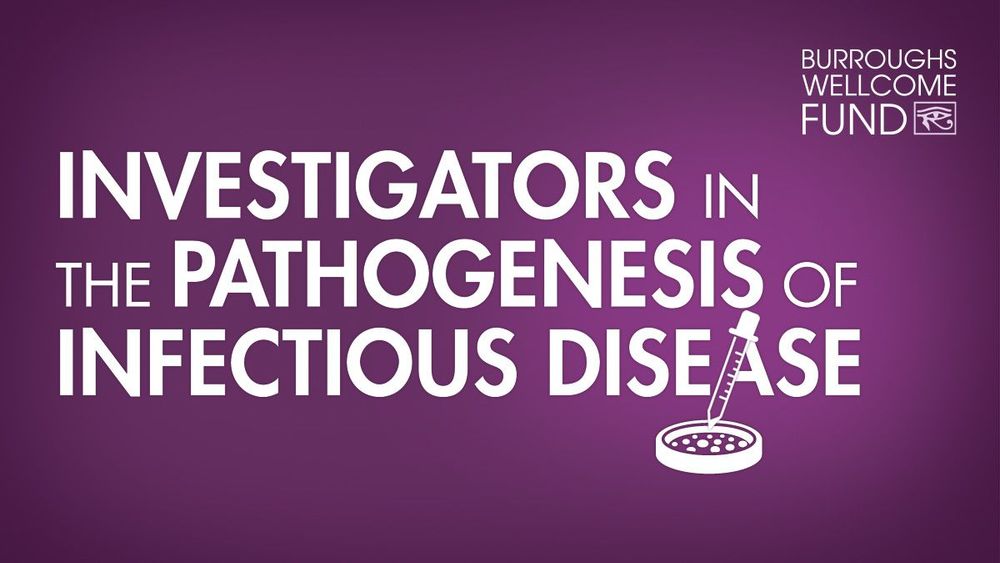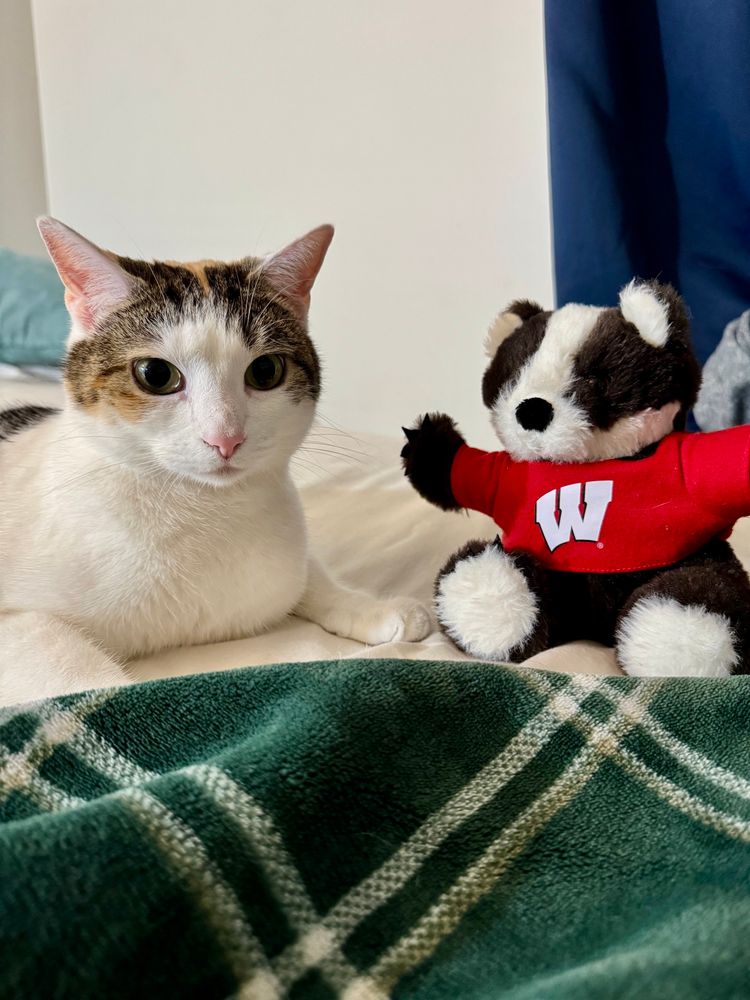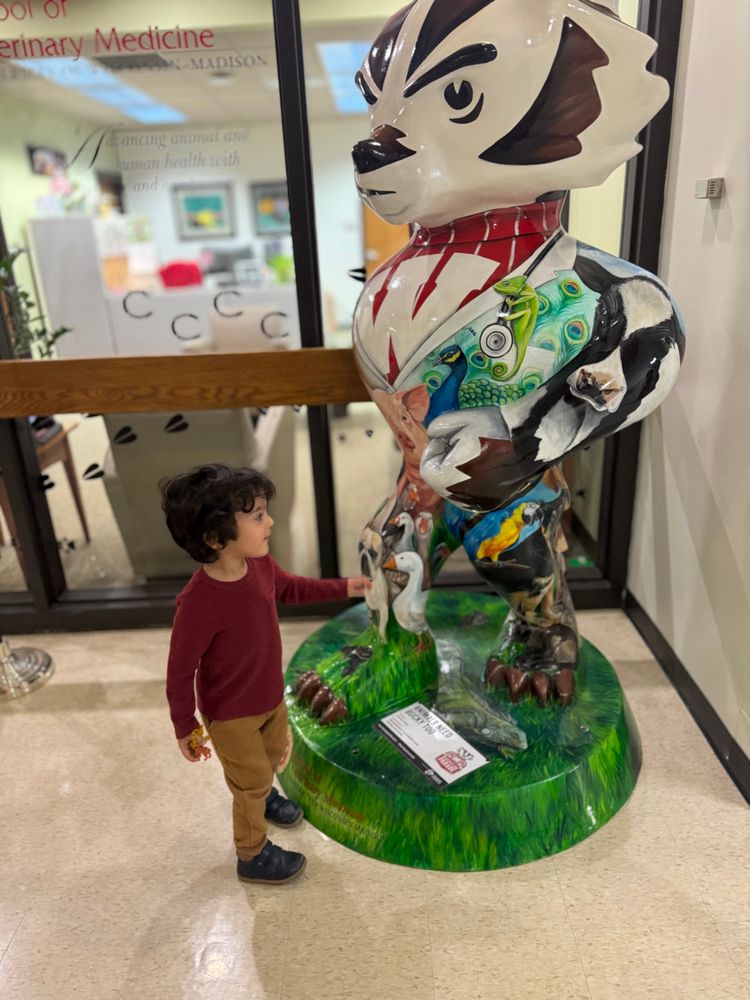Christin Herrmann
@christinviral.bsky.social
440 followers
460 following
11 posts
Scientist with Victor Torres in the Department of Host Microbe Interactions at St. Jude. Postdoc in the Cadwell Lab (NYU and UPenn) and grad school in the Weitzman Lab (UPenn).
Posts
Media
Videos
Starter Packs
Reposted by Christin Herrmann
Reposted by Christin Herrmann
Reposted by Christin Herrmann
Joe Zackular
@joeyzacks.bsky.social
· Jul 26
Reposted by Christin Herrmann
Cadwell Lab
@cadwelllab.bsky.social
· Jun 27
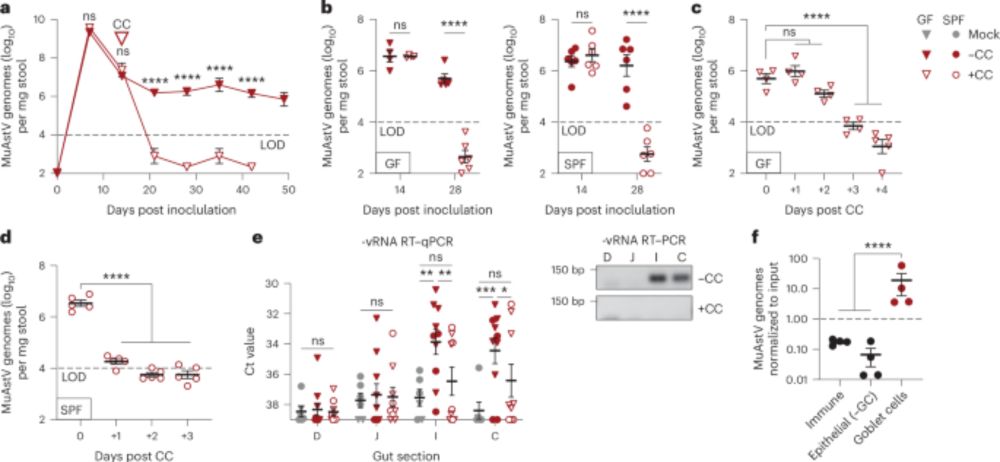
Environmental stress drives clearance of a persistent enteric virus in mice - Nature Microbiology
Cage change of mice with persistent murine astrovirus infection triggers stress responses marked by corticosterone fluctuation, which is followed by CD8 T cell activation and induction of epithelial a...
www.nature.com
Reposted by Christin Herrmann
Dr. Sunny Shin
@sunnyshinlab.bsky.social
· Jun 19
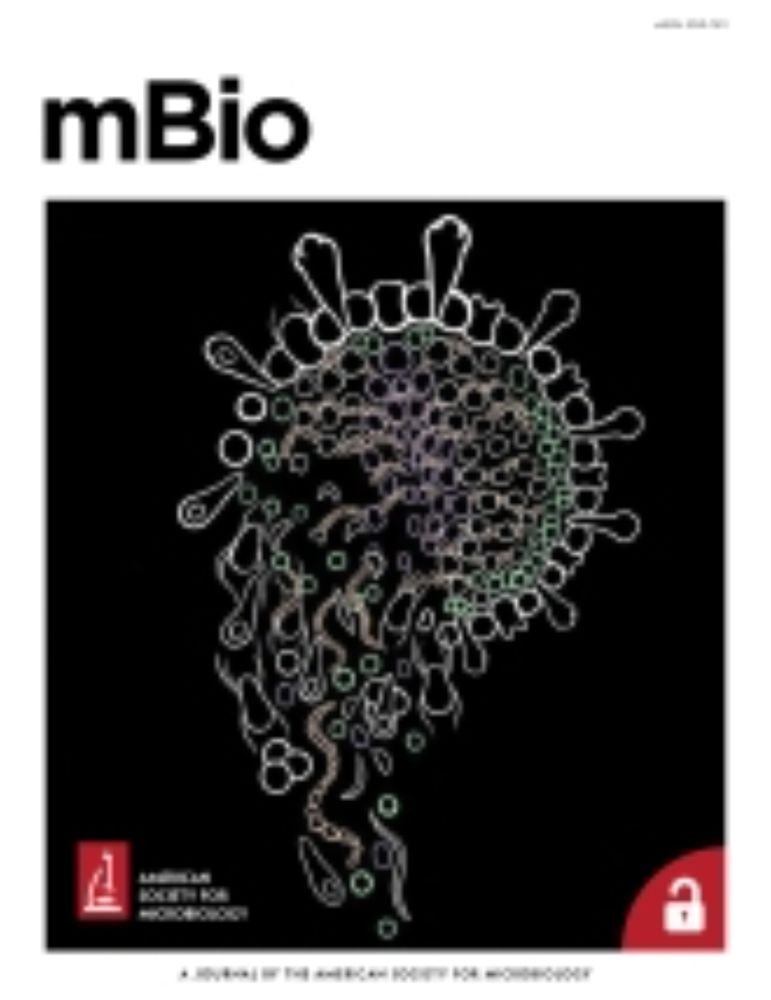
Dendritic cells activate pyroptosis and effector-triggered apoptosis to restrict Legionella infection | mBio
The innate immune system senses bacterial pathogens by employing pattern recognition
receptors that detect pathogen-associated molecular patterns (PAMPs) and guard proteins
that monitor pathogen disru...
journals.asm.org
Reposted by Christin Herrmann
Joe Zackular
@joeyzacks.bsky.social
· May 23
Reposted by Christin Herrmann
Reposted by Christin Herrmann
Joe Zackular
@joeyzacks.bsky.social
· May 16
Dietary fiber modulates the window of susceptibility to Clostridioides difficile infection
Clostridioides difficile epidemiology is rapidly evolving, and understanding the factors
that contribute to one’s risk of C. difficile infection (CDI) is urgently needed.
Based on our observations in ...
www.gastrojournal.org
Reposted by Christin Herrmann
Reposted by Christin Herrmann
Payal Yokota
@payalyokota.bsky.social
· Apr 25
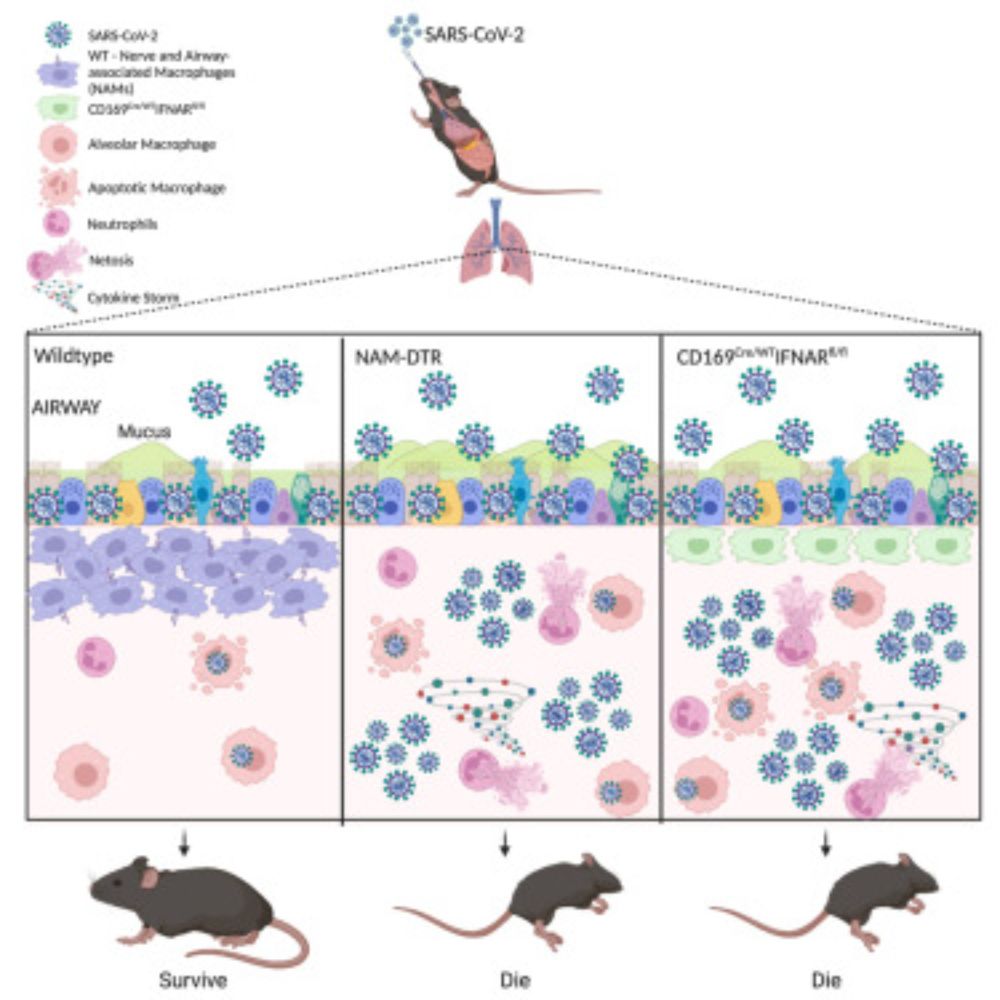
Nerve- and airway-associated interstitial macrophages mitigate SARS-CoV-2 pathogenesis via type I interferon signaling
The local immunoregulatory mechanisms that safeguard the host from excessive lung
infection inflammation remain unclear. Yeung, Yokota et al. uncover the essential
role of nerve- and airway-associated...
www.cell.com
Reposted by Christin Herrmann
Reposted by Christin Herrmann


